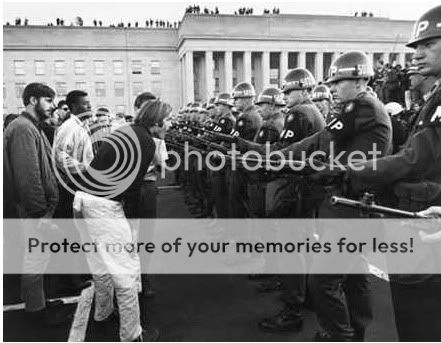 Kent State University. May 4, 1970.
Kent State University. May 4, 1970."Tin soldiers and Nixon's coming,
we're finally on our own,
this summer I hear the drumming,


What if you knew her and found her dead on the ground?
How can you run when you know?"
"...Most persons estimate that about 200-300 students were gathered around the Victory Bell on the commons with another 1,000 or so students gathered on the hill directly behind them."
"...the crowd apparently was initially peaceful and relatively quiet."
"...96 men of Companies A and C, 145th Infantry and of Troop G, 107th Armored Cavalry were ordered to advance. Bayonets were fixed and their weapons were "locked and loaded", with one round in the chamber...all wore gas masks. Some carried .45 pistols, most carried M-1 rifles, and a few carried shotguns loaded with 7 1/2 birdshot and double-ought buckshot."
"...the combination of the advancing troops and the teargas forced the students to retreat."
"...fifty-three members of Company A, 18 members of Troop G and two members of Company C, all commanded by General Canterbury and Lt. Col. Fassinger moved...pursuing the main body of students who retreated..."
"...one group of students retreated to a paved parking lot south of Prentice Hall..."
"...the Guard then moved...onto the field where it took up a position..."
"...some of the students...then returned to within range of the Guard and began to pelt them with objects..."
"...four Guardsmen claim they were hit with rocks at this time..."
"...some rocks were thrown back at the students by the Guard."
"...just prior to the time the Guard left its position on the practice field, members of Troop G were ordered to kneel and aim their weapons at the students in the parking lot south of Prentice Hall. They did so, but did not fire."
"...the Guard was then ordered to regroup and move back up the hill past Taylor Hall."
"...when the Guard reached the crest of Blanket Hill by the southeast corner of Taylor Hall at about 12:25pm, they faced the students following them and fired their weapons. Four students were killed and nine were wounded."
"...the few moments immediately prior to the shootings are shrouded in confusion and highly conflicting statements. Many Guardsmen claim that they felt their lives were in danger from the students for a variety of reasons...because they were 'surrounded'...because a sniper fired at them...stones...the students 'advanced upon them in a threatening manner'..."
"...we [the FBI] have some
"...[a Guardsman] admitted that his life was not in danger and that he fired indiscriminantly into the crowd. He further stated that the Guardsmen had gotten together after the shooting and decided to fabricate the story that they were in danger of serious bodily harm or death from the students...the guys have been saying that we got to get together and stick to the same story, that it was our lives or them, a matter of survival. I told them I would tell the truth and couldn't get in trouble that way."
"...also, a chaplain of Troop G spoke with many members of the National Guard and stated that they were unable to explain to him why they fired their weapons."
"...available photographs indicate that the nearest student was 60 feet away" [at time of shootings].
"...no verbal warning was given to the students immediately prior to the time the Guardsmen fired."
"...one Guardsman, Sgt. McManus, stated that after the firing began, he gave an order to 'fire over their heads'".
"...the Guardsmen were not surrounded...they could easily have continued going in the direction in which they had been going."
"...no Guardsman claims he was hit with rocks immediately prior to the firing..."
"...only one Guardsman, Lawrence Shafer, was injured on May 4, 1970, seriously enough to require any kind of medical treatment. He admits his injury was received some 10 to 15 minutes before the fatal volley was fired."
"...there was no sniper."
"...the great majority of Guards do not state that they were under sniper fire and many specifically state that the first shots came from the National Guardsmen."
"...the FBI has conducted an extensive search and has found nothing to indicate that any person other than a Guardsman fired a weapon."
"...at the time of the shooting, the National Guard clearly did not believe that they were being fired upon."
"...in addition, no Guardsman claims he fired at a sniper or even that he fired in the direction from which he believed the sniper shot."
"...a minimum of 54 shots were fired by a minimum of 29 of the 78 members of the National Guard at Taylor Hall in the space of approximately 13 seconds."
"...seven members of Troop G admit firing their weapons, but claim they did not fire at the students. Five persons interviewed in Troop G, the group of Guardsmen closest to Taylor Hall, admit firing a total of eight shots into the crowd or at a specific student."
"...some Guardsmen had to be physically restrained from continuing to fire their weapons."
"...Sergeant Richard Love of Company C...asserted he 'could not believe' that the others were shooting into the crowd so he lowered his weapon."
"...when the firing began, many students began running; others hit the ground."
"...in all, only two [student victims] were shot from the front. Seven students were shot from the side and four were shot from the rear."
"...of the 13 students shot, none, so far as we know, were associated with either the disruption in Kent on Friday night, May 1, 1970, or the burning of the ROTC building on Saturday, May 2, 1970."

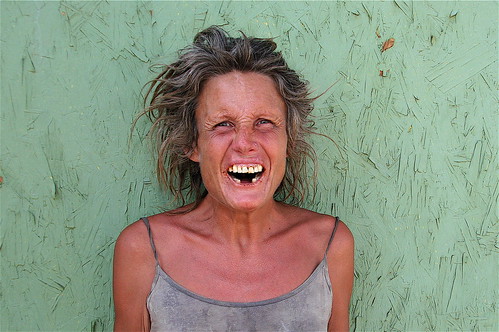


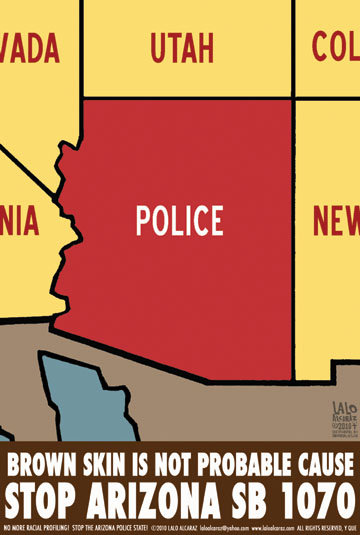





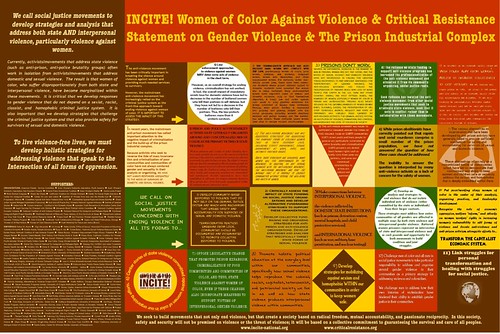


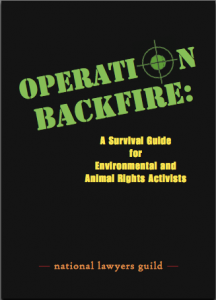

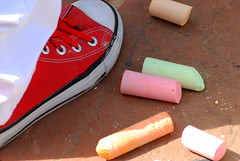








No comments:
Post a Comment